Government Initiatives and Funding
The digital railway market in Germany is experiencing a surge in government initiatives aimed at modernizing rail infrastructure. The German government has allocated substantial funding, estimated at €10 billion, to enhance digital capabilities within the railway sector. This funding is directed towards the implementation of advanced signaling systems, real-time data analytics, and integrated transport solutions. Such initiatives not only aim to improve operational efficiency but also enhance safety and passenger experience. The commitment to digital transformation is evident in the national railway strategy, which emphasizes the importance of technology in achieving a more efficient and sustainable transport system. As a result, the digital railway market is likely to witness accelerated growth driven by these governmental efforts, fostering innovation and attracting private investments in the sector.
Focus on Safety and Security Enhancements
Safety and security remain paramount in the digital railway market, particularly in Germany, where rail transport is a critical component of the national infrastructure. The increasing complexity of rail systems necessitates the implementation of advanced safety measures, including cybersecurity protocols and automated monitoring systems. Recent studies indicate that investments in safety technologies could reduce incidents by as much as 30%. Rail operators are prioritizing the integration of digital solutions that enhance situational awareness and incident response capabilities. This focus on safety not only protects passengers but also builds public trust in rail services. As safety regulations evolve, the digital railway market is likely to expand, driven by the need for compliance and the adoption of innovative safety technologies.
Technological Advancements in Rail Systems
The digital railway market is significantly influenced by rapid technological advancements in rail systems. Innovations such as the Internet of Things (IoT), artificial intelligence (AI), and big data analytics are transforming traditional railway operations. For instance, predictive maintenance powered by AI can reduce downtime and enhance safety, potentially lowering operational costs by up to 20%. Furthermore, the integration of IoT devices allows for real-time monitoring of train conditions and infrastructure health, leading to more efficient resource allocation. As these technologies become more prevalent, they are expected to drive the digital railway market forward, enabling operators to optimize performance and improve service delivery. The ongoing research and development in this area suggest a promising future for the digital railway market, as stakeholders increasingly recognize the value of adopting cutting-edge technologies.
Rising Demand for Enhanced Passenger Experience
In the context of the digital railway market, there is a growing demand among passengers for improved travel experiences. This demand is reflected in the increasing expectations for real-time information, seamless connectivity, and personalized services. Surveys indicate that over 70% of passengers prioritize digital services such as mobile ticketing and real-time updates on train schedules. Rail operators in Germany are responding to this trend by investing in digital platforms that enhance customer engagement and satisfaction. The integration of mobile applications and digital kiosks is becoming commonplace, allowing passengers to access information and services conveniently. This shift towards a more customer-centric approach is likely to drive further investments in the digital railway market, as operators seek to meet evolving consumer preferences and remain competitive in a rapidly changing landscape.
Environmental Regulations and Sustainability Goals
The digital railway market in Germany is increasingly shaped by stringent environmental regulations and sustainability goals. The European Union's commitment to reducing greenhouse gas emissions by 55% by 2030 has prompted rail operators to adopt greener technologies. Investments in electrification and energy-efficient systems are becoming essential, with the digital railway market expected to play a crucial role in achieving these targets. For example, the transition to digital signaling systems can enhance energy efficiency by optimizing train schedules and reducing energy consumption. Furthermore, the integration of renewable energy sources into rail operations is gaining traction, aligning with national sustainability initiatives. As environmental concerns continue to rise, the digital railway market is likely to benefit from increased investments aimed at promoting sustainable practices and reducing the carbon footprint of rail transport.


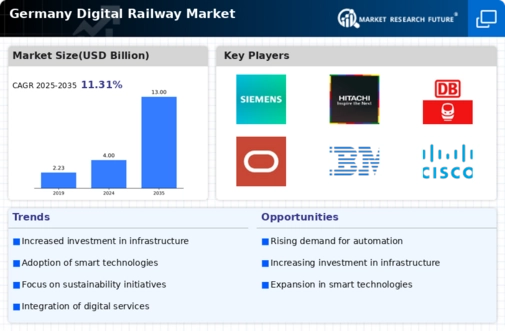
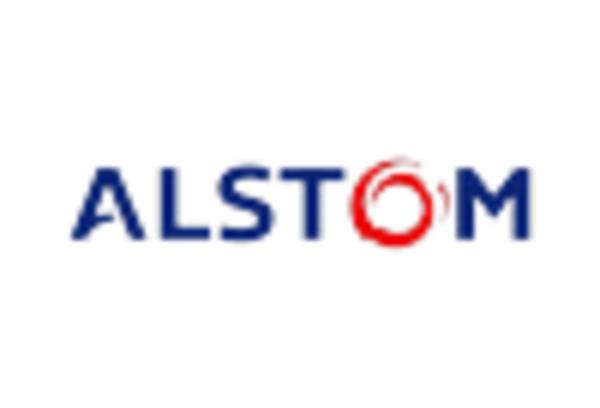
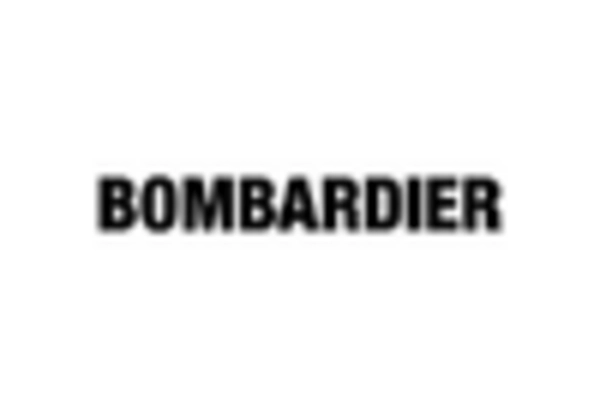
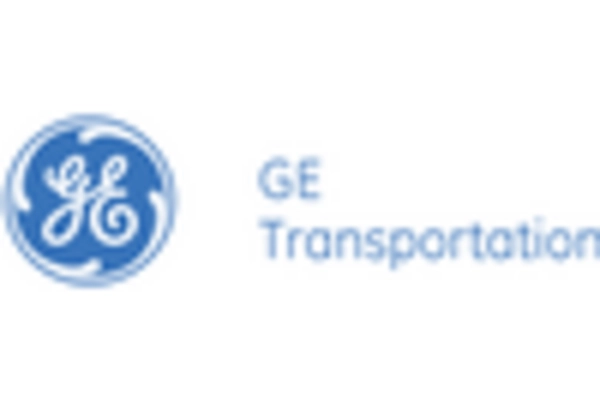

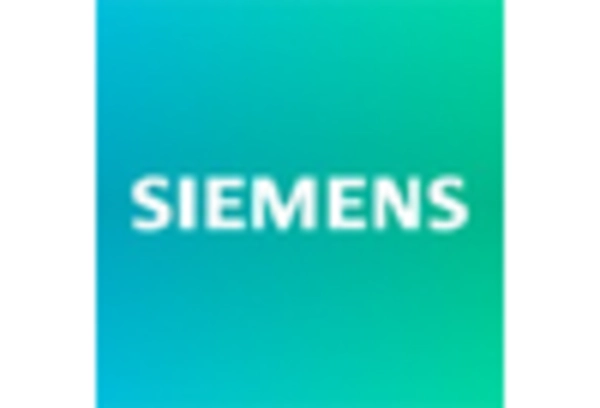
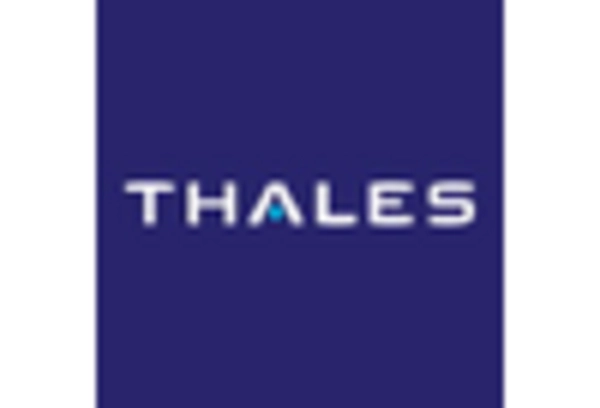








Leave a Comment